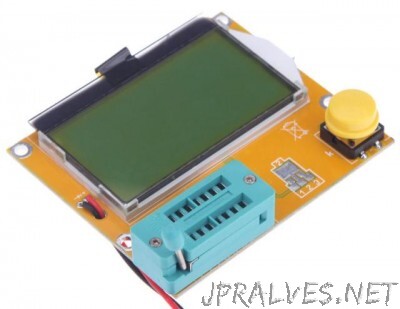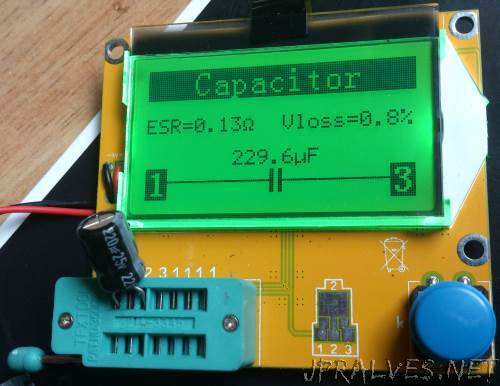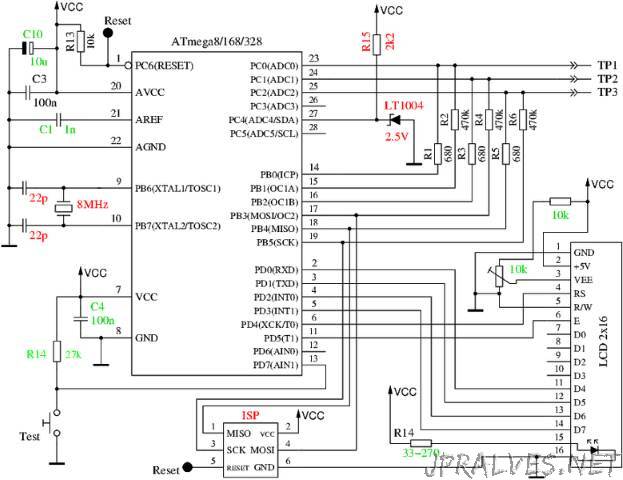
Today the Gadget analyzed is a device that allows to recognize electronically the characteristics of some types of electronic components.
Any hobbyist knows that identifying components that are retrieved from junk can be difficult. The Internet helps in locating component specifications, but sometimes it’s tricky to find them. For example, a 2N5551 transistor has another configuration as BC547 yet both have a TO92 format.
If the text in the transistor is no longer visible, it is with archaic methods that we can identify the component that we need to check whether it is an NPN, PNP, N or P-channel MOSFET etc.
Possibly the component has an internal protection diode and this makes it even more difficult to identify it. The task by trial and error is in fact very time-consuming.
It was in this sense that the “automatic Transitor Tester” was created.
It was originally developed by Markus Frejek and subsequently continued by Karl-Heinz Kübbeler.
The use of this tester is simple. You place the component between two or three positions identified by different numbers and press the button.
Wait for the LCR to make the tests and the result is presented. Depending on the type of components this may take longer. This happens mainly with capacitors.

The TransistorTester has the following features:
- Automatic detection of NPN and PNP transistors, N- and P-channel MOSFETs, diodes (also of double diodes), thyristors, triacs, resistors and capacitors.
- Automatic calculation and pin presentation of the component tested
- Detection and presentation of protection diodes with transistors and MOSFETs
- Determination of the amplification factor and the base emitter forward voltage in the transistors
- Measuring port voltage range and MOSFET port capacitance
- Display the values on a LCD screen
- Component test duration: less than 2 seconds (except for large capacitors)
- Operation of a button; Auto power off.
- Power consumption in off mode: <20 nA
The base software is available in Open Source in a repository SVN, which does not mean that the version you have purchased has the source code available.
This is particularly relevant in Chinese clones. However this is only problematic if it is intended to make software updates. It can be checked in the forum for more information.

This project based on the ATmega family chip allows to detect a diverse set of components such as NPN, PNP, N and P-channel MOSFET transistors, JFET, diodes, TRIAC, resistors, capacitors, etc.
In the image above the basic configuration of the circuit is presented.
Components in red are not needed but may improve accuracy. The green components have been changed since the first draft of Markus F.
Useful links:
